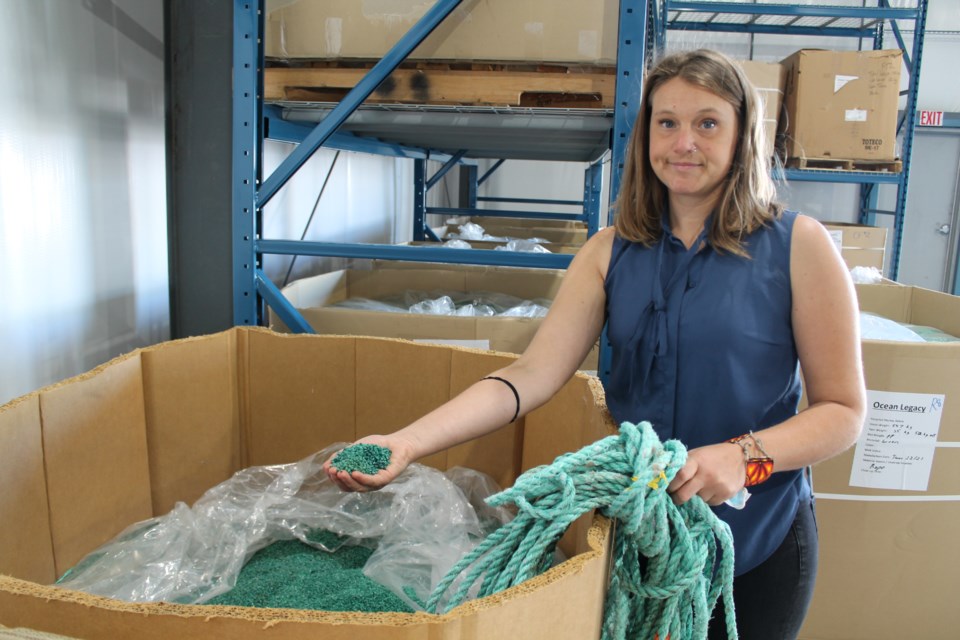A B.C. woman on a scientific expedition to one of the most remote places in the world has found evidence there is almost nowhere microplastics haven’t reached.
In February 2023, Chloé Dubois travelled to the Argentine town of Ushuaia, a port on the southern tip of Tierra del Fuego where she would board the 104-metre research ship the Sylvia Earle. Her plan: trawl the Antarctic's Southern Ocean in search of a rising tide of plastic.
“The reach of plastic pollution at this point is endless. You can find plastics on the tops of the Rocky Mountains, down to the Mariana Trench,” said Dubois.
The co-founder and executive director of Ocean Legacy Foundation — an organization headquartered in Richmond, B.C. — Dubois has played a crucial role in the province’s efforts to remove plastic debris from its shores.
In 2021, the organization opened up a facility in Steveston to process and recycle thousands of tonnes of Styrofoam, nets, rope, plastic bottles and tires — any plastic refuse that ends up in the ocean.
Now in the Antarctic, her latest expedition was looking for something much smaller and much harder to find.
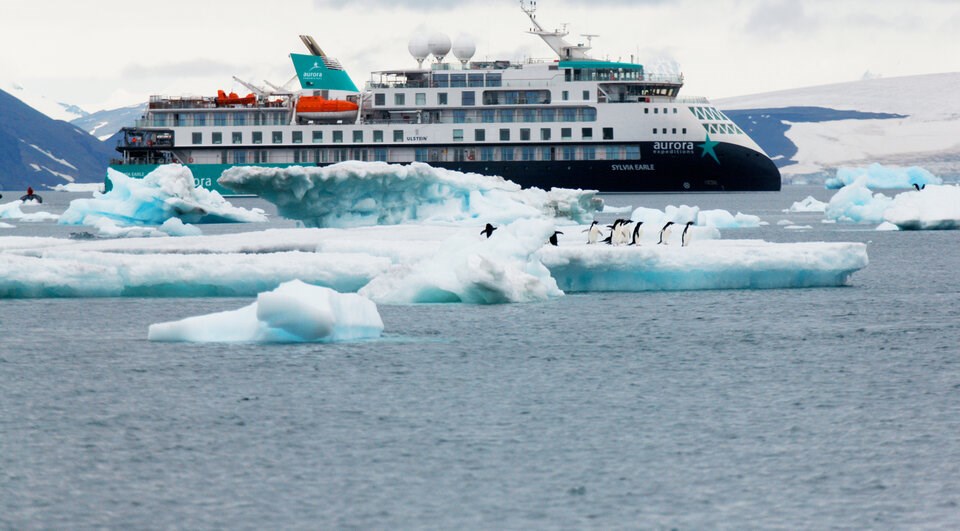
Tiny filaments everywhere
Often defined as small plastic pollutants between five millimetres and one micrometre long, microplastics come from a variety of sources — from the breakdown of plastic garbage to microbeads in cosmetic products.
One of the largest sources of the tiny pollutant come from the clothing in our washing machines. Every year, microplastics shed from clothing in the wash and sneak through wastewater treatment facilities. They fill global oceans with 40,000 tonnes of pollutants so small they’re often invisible to the human eye. That’s equivalent to the weight of roughly 445 blue whales, past studies have found.
Dubois wanted to see what she could find in one of the world’s most remote oceans. For a week, she and a group of researchers motored off the Antarctic peninsula, their Zodiac boat dragging a superfine net tipped with a device to capture the tiny plastic filaments.
After trawling in 10 locations off the Antarctic shore, Dubois said she “wasn’t that surprised” to pull in 375 microfibre samples. Some of the bigger plastics, however, led to a curious coincidence.
“We actually found a clothing tag which said, ‘Made in’ and then had an American flag on it,” she said.
Only a few years earlier, Ocean Expeditions, one of the groups she was working with, had found the exact same tag in the waters of Southeast Asia.
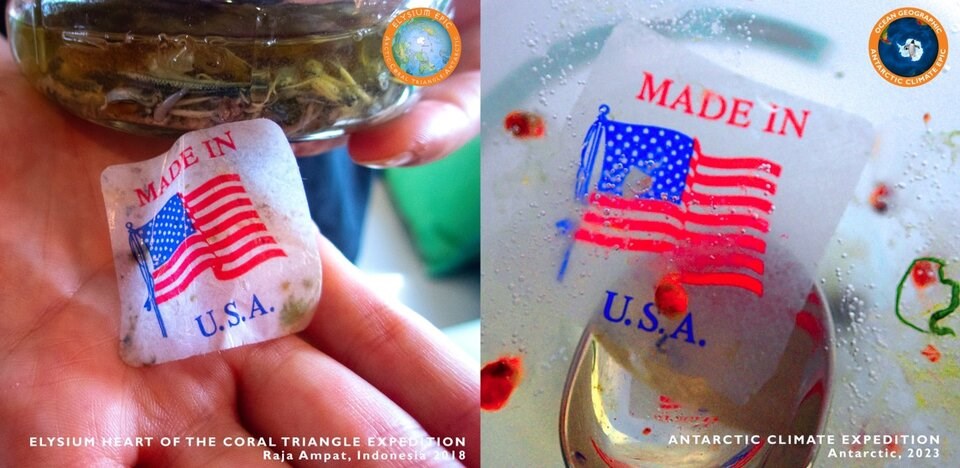
Other samples brought up specks of coloured plastic, though much of what they captured couldn’t be seen until they filtered out the algae and microorganisms and examined it under a microscope aboard the mother ship.
When the samples were later sent for microscopy analysis at a lab at the University of British Columbia, the researchers found a “prolific” amount of plastic pollution.
For the first time, Dubois and her colleagues also collected a number of air samples, though they have yet to be fully analyzed.
“Plastics are in everything now. They're in the water cycle, in the soil cycle, and they can disperse and distribute through air currents,” she said.
“Part of this was just to understand the presence of this pollution, and understand where some of these sources could be coming from and how they're dispersing over the landscape as well as the waterscape.”
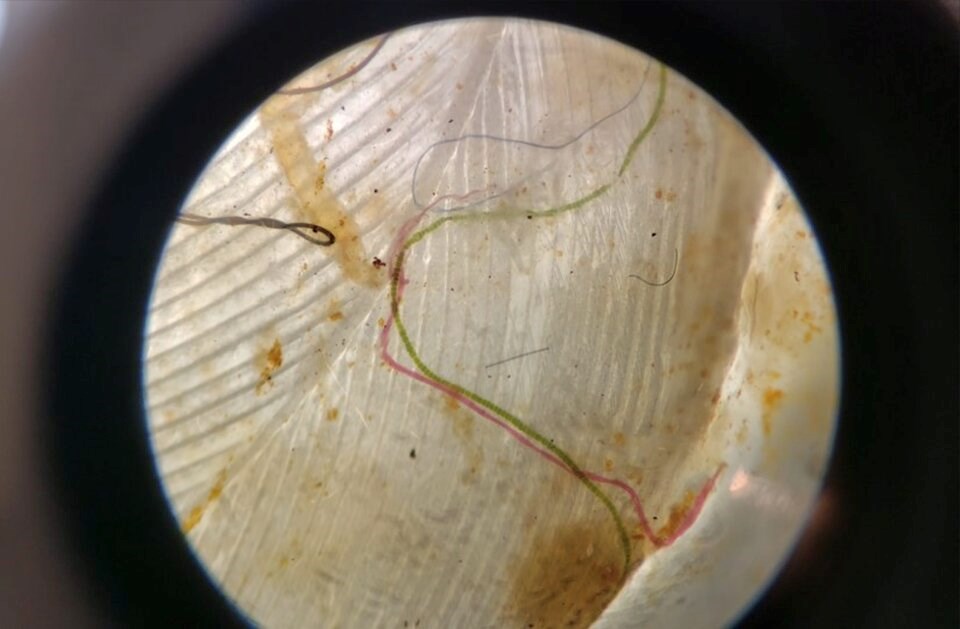
Microplastic's impact on health murky but worrying
Plastics are currently being produced at the rate of 400 million tonnes a year, according to one estimate. Half of that is thought to come from single-use plastic items. That’s expected to grow exponentially, doubling or tripling over the next decade, Dubois said.
Most of the 13 million tonnes of that plastic that ends up in the ocean every year sinks, altogether accounting for 80 per cent of all marine pollution.
How that is affecting life in all its forms is only just starting to come into focus. Animal studies have shown ingested microplasics can act as endocrine disruptors that alter estrogen levels in the body, disrupt immune system responses, and impact fertility rates.
In Canada, plastic has been observed washing up across all three coasts, entangling and often suffocating everything from birds to seals and whales. On the West Coast, Dubois says it has become a “significant problem” as she has seen first-hand plastic debris being ingested by bears and wolves.
“We have found bear dens or wolf dens that are lined in Styrofoam because it's a great insulator. We found floats that absorb and smell like fish or the ocean and just seeing giant bite marks out of those floats… deep gouges from claws,” said Dubois.
“It's making its way into the environment.”
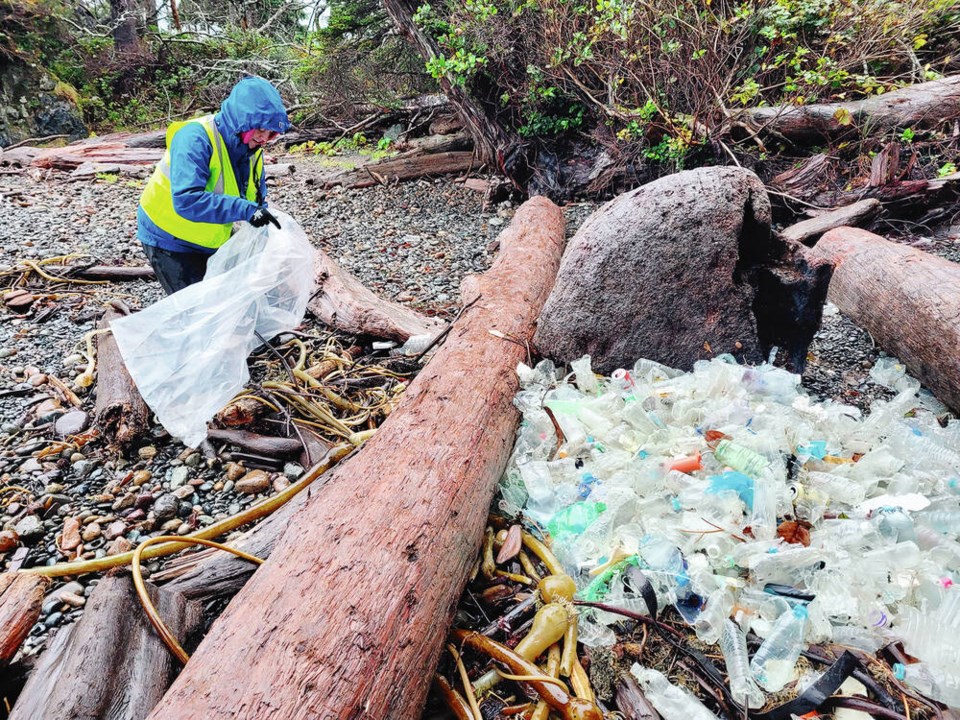
Other research has found humans can inhale, absorb through the skin and consume microplastics through food and water — all eventually ending up in our lungs, livers, kidneys and even placentas.
In a 2021 study, researchers from the United Kingdom’s University of Hull found ingesting or inhaling high levels of microplastics in contaminated drinking water, seafood and salt may lead to cell death and allergic reactions. Further research into how the body excretes the plastics is required to understand the true level of risk, noted the authors.
And in an Italian study published in 2022, researchers examining the breast milk of 36 women found microplastics in over 75 per cent of the samples. Patient data showed no links between the presence of microplastics and patients' age, use of personal care products, or food consumption habits. Their conclusion: ubiquitous microplastic presence makes “human exposure inevitable.”
“Right now in the scientific community, it's very contentious. There's a lot of conflicting reports and data. But there is more and more emerging that there are quite significant negative implications,” Dubois said.
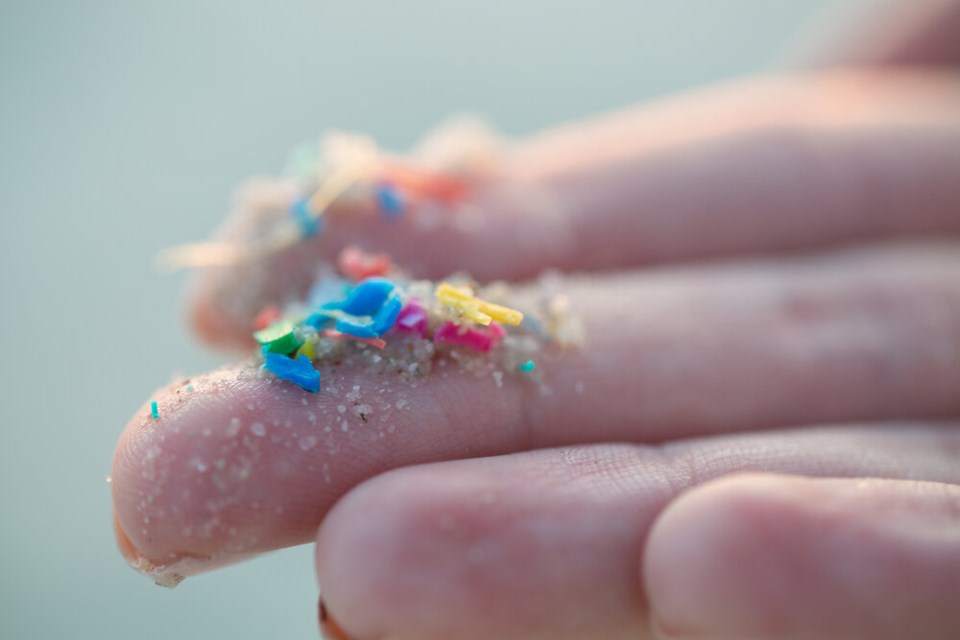
Solutions to a growing plastics problem
Dubois says that without managing the flow of plastics into the environment or turning off the tap on single-use plastics, the rate at which they're going to be entering the environment is inherently going to accelerate.
A study at a Vancouver, B.C., lab last year found gentle wash cycles could reduce the shedding of microplastics by 70 per cent. Samsung, which took part in the study with Patagonia and Ocean Wise, also tested out a new model of washing machine that could reduce the shedding of microplastics by 35 per cent in North American homes.
Dubois says the onus is on the government to ensure companies making washing machines are required to install such filters.
“Why not make it mandatory to install water filters in every washing machine sold? You know, like, just make it part of the design?” she said.
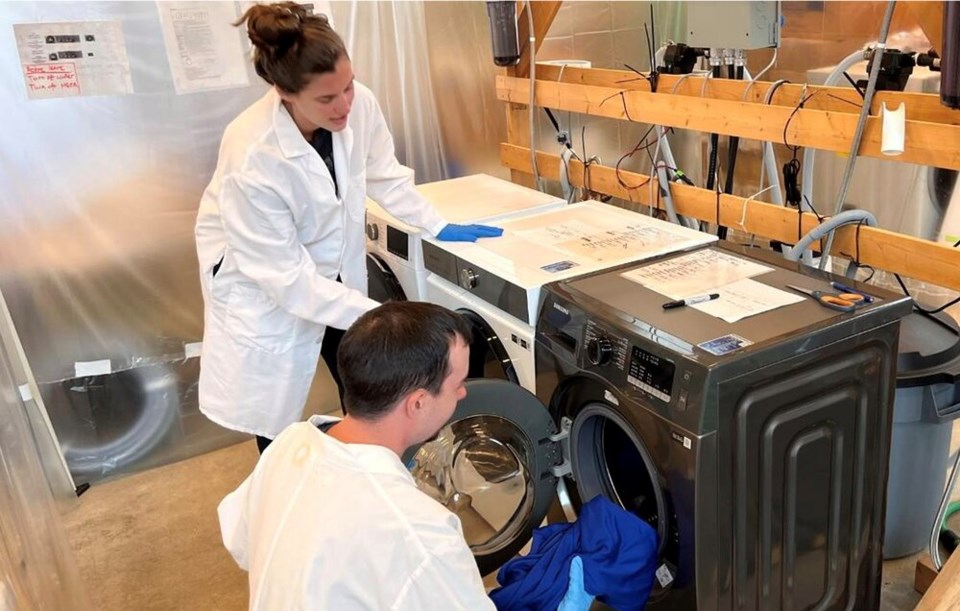
Until then, Ocean Wise recommends washing your clothes less often. Past research suggests that when you do throw in a load of laundry, turn on the cold water and gentle settings, and use a microfibre filter. Even better, buy fewer pieces of clothing, especially the cheap kind increasingly understood as “fast fashion.”
For anyone interested in gaining deeper knowledge of the world of plastics, Dubois’s organization also offers a 15-hour free online course beginning with basic information on how plastics are made, how they end up in the environment, and how to collect them. More advanced topics teach participants about the plastic circular economy and how to take action to make a difference.
“This information can be very overwhelming for people and lead to inaction,” said Dubois. “So the latter half of our curriculum is focused on taking what you've learned and applying that to action in your community.”
CORRECTION: A previous version of this story misstated the weight of plastic that ends up in the ocean every year. It is roughly 13 million tonnes.
